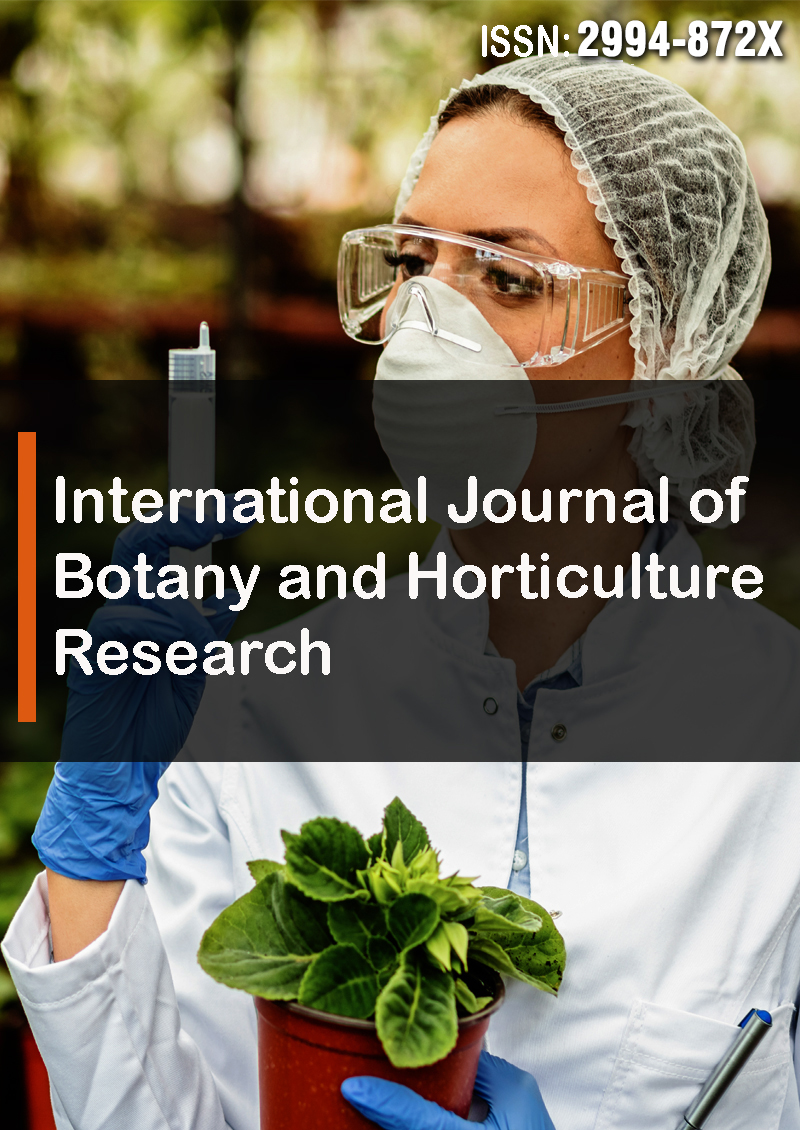Botany and Phytochemisty of Dillwynia Sericea to Adapt Ecological Changes
Abstract
Pragna Gaur
This study investigates the phytochemistry using the extracts of chemical compounds by using Gas Chromatography- Mass Spectrometry (GC-MS). The GC-MS analysis of chemical compounds in Dillwynia sericea offers profound insights into ecological conservation. This analysis reveals a rich array of bioactive compounds, including phenolic compounds, fatty acids, and diterpenoids, pivotal for the plant's defence mechanisms against pathogens and herbivores, bolstering its ecological resilience. Moreover, identifying compounds like hydrocarbons and phenolics elucidates the plant's intricate interactions with its environment, highlighting adaptive strategies crucial for survival, especially in arid habitats. Leveraging this chemical knowledge informs targeted conservation strategies, directing efforts towards preserving habitats abundant in these bioactive compounds, thus safeguarding biodiversity and ecosystem integrity.
Furthermore, variations in compound abundance serve as sensitive indicators of habitat health, facilitating effective monitoring and intervention strategies. Conservation initiatives focused on preserving Dillwynia sericea and its chemical diversity foster overall biodiversity conservation, nurturing a diverse array of associated plant and animal species, thereby enhancing ecosystem stability and resilience. Additionally, understanding phytochemical diversity guides habitat restoration endeavours, prioritising reintroducing diverse plant populations to bolster ecosystem function and resilience.



